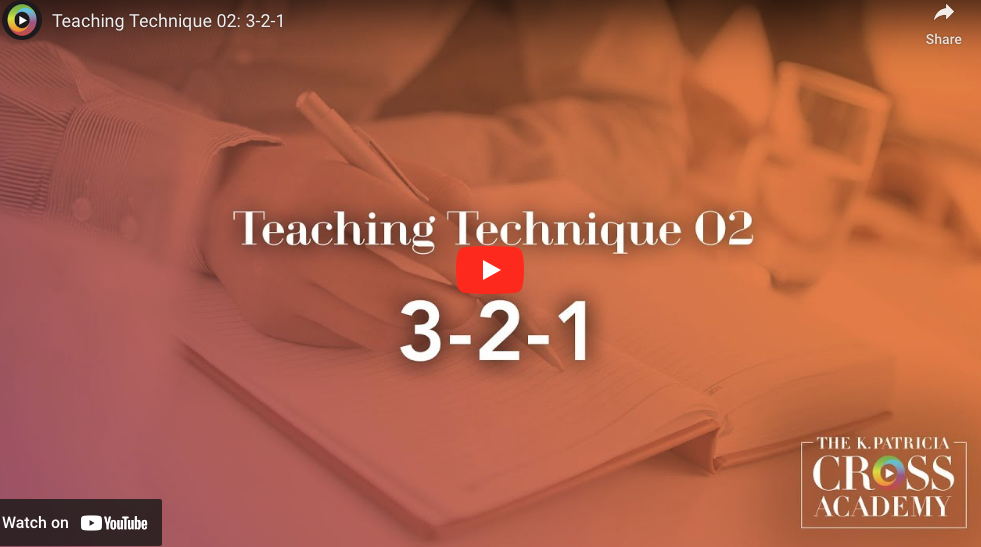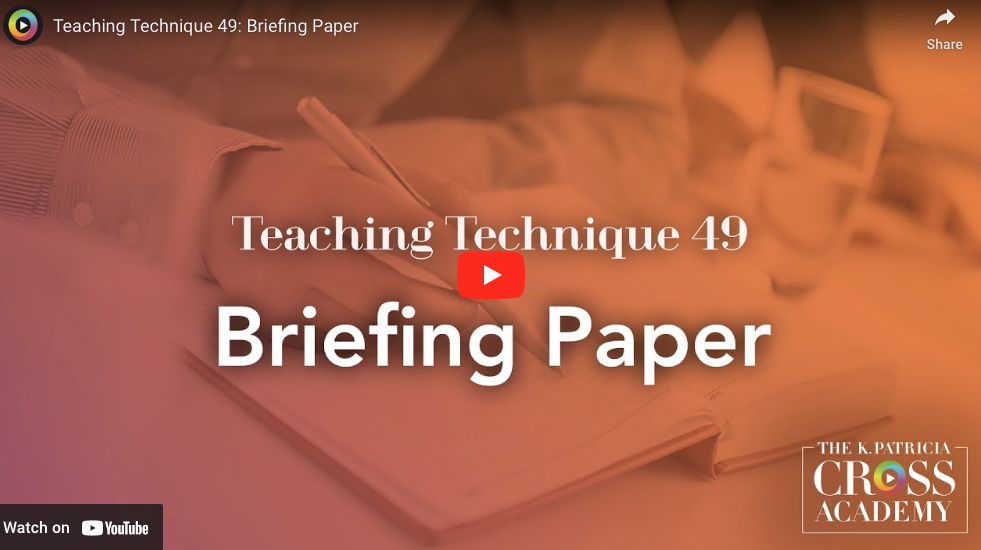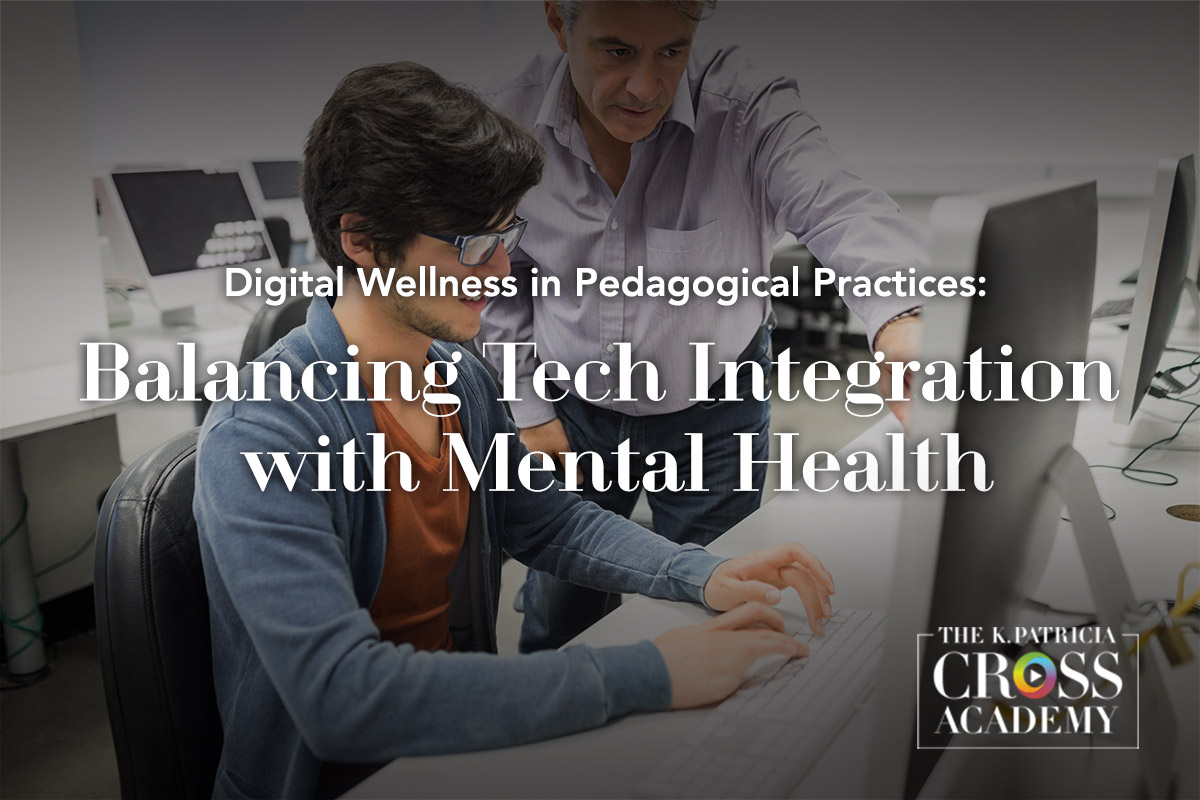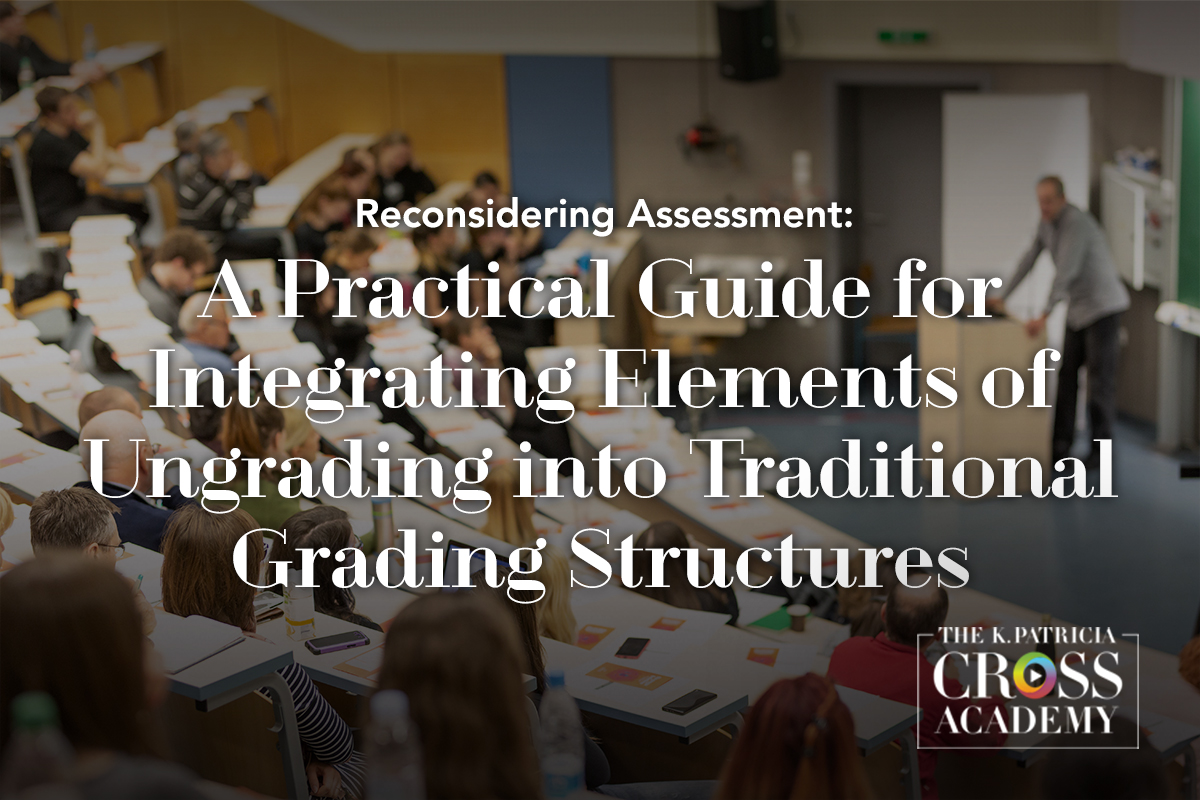
Introduction: What Are Grades … Really?
Traditional letter grading (A–F) and numeric (0%–100%) grading have shaped education in the U.S. and beyond for over 200 years. Originally a private feedback tool for teachers, students, and parents, grading became an organizational mechanism as education systems expanded in the late 19th century. Standardization and portability took precedence over individualized pedagogy, shifting the focus from student learning to institutional needs (Gorichanaz, 2024; Sorensen-Unruh, 2024). This quantitative approach ultimately replaced earlier, more holistic methods of assessing student performance, such as observation and classroom participation.

Why Reconsider Traditional Grading?
Modern grading serves many purposes—assessment, accountability, motivation, and standardization—but also has significant limitations worth reconsidering. Today’s standardized system emerged from an educational model that historically privileged White, non-Jewish students at elite institutions (Inoue, 2021; Sorensen-Unruh, 2024). As a result, grades can reinforce inequities, prioritize competition over collaboration, and fail to capture deep-level learning (Gorichanaz, 2024; Sorensen-Unruh, 2024; Stommel, 2024). Students often focus more on grades than growth, leading to stress and disengagement (Davis, 2022).
Despite these negative learning outcomes, Stommel (2024) notes that grades are so deeply ingrained in education that many teachers fail to question their effectiveness. Even those who recognize the flaws of traditional grading may find complete elimination impractical if not impossible due to institutional requirements and logistical constraints. Still, many educators are exploring alternative assessment methods that promote equity, collaboration, and deeper learning, paving the way for a more student-centered approach.
What is Ungrading?
Ungrading is a comprehensive term for transformative pedagogies that emphasize dialogue between instructors and students while de-emphasizing letter and numeric grades. However, it is more than simply “not giving grades.” Rather than a rigid, all-or-nothing approach, ungrading encompasses a range of assessment methods that move beyond traditional grading practices (Sorensen-Unruh, 2024) and can be integrated into conventional grading structures (Stommel, 2024). Its primary goal is to encourage students to take ownership of their learning.
This article offers practical strategies for implementing ungrading principles while addressing common challenges, including student resistance, institutional constraints, and increased instructor workload.

How to Integrate Ungrading in a Traditional Grading Structure
Educators can adopt ungrading elements incrementally rather than foregoing grades altogether. Below are some teaching techniques from the K. Patricia Cross Academy that support self-assessment, process-based learning, student autonomy, and feedback-driven evaluation as alternatives to traditional grading:
1) Implementing Meaningful Self-Assessment
- Davis (2022) found that formative self-assessment throughout a course was more effective than summative self-assessment done at the very end of the course. Use the “3-2-1” technique to encourage students to reflect on their learning over the semester by periodically identifying three things they’ve learned, two interesting points, and one question they still have. This structured reflection promotes self-assessment and deeper understanding of course content, avoiding performative self-assessments where students justify a desired grade rather than engaging in real, ongoing reflection.
2) Shifting from Effort-Based to Process-Based Learning
- Many students equate effort with success, inflating their self-assessed grades (Davis, 2022). Instead of rewarding effort alone, emphasize growth and revision by assigning an ungraded Briefing Paper. In a Briefing Paper, students research a current problem of their choice, summarize the main issues, and present solutions to a specific audience. Have students revise their Briefing Paper based on the feedback they receive from their audience and then highlight the key changes they made.
3) Balancing Student Autonomy with Accountability
- Some students struggle with the perceived lack of structure ungrading provides (Koehler & Meech, 2023). Not all students are ready for full autonomy in a classroom setting. Some need external accountability structures to stay engaged. The “Jigsaw” technique assigns students to become experts on a subtopic and then teach it to their peers, promoting autonomy, accountability, and collaborative learning.
4) Using Feedback and Peer Review to Replace Grades
- Stommel (2024) emphasizes that ungrading prioritizes feedback over final grades. In Dyadic Essays, students: 1). complete a content unit, identify a central question, and draft an answer to that question, 2). exchange questions with a peer and prepare responses, and 3). pairs read and provide feedback on the model and in-class answers. Before completing this activity, clearly explain to students how feedback contributes to learning and why grades aren’t always the best indicator of progress.
Overcoming Challenges in Ungrading
It’s important to remember that ungrading isn’t a one-size-fits-all solution; it requires thoughtful design and adaptation. The challenges below can impact implementation and require strategic solutions to ensure success:
-
Student Resistance
- Challenge: Many students are conditioned to view grades as the primary measure of success. As a result, some students initially struggle with the uncertainty of ungrading (Gorichanaz, 2024; Kesler, 2024).
- Solution: Introduce ungrading gradually. Incorporate one or two formative assessments, such as self-reflection and narrative feedback, before a summative assessment is introduced.
-
Institutional Constraints
- Challenge: Most institutions require final grades, making full ungrading difficult. Even if instructors adopt ungrading practices throughout the semester, they are often still required to submit final letter grades, which can feel at odds with the philosophy of ungrading.
- Solution: This constraint may require creative approaches, such as collaborative grading discussions with students, portfolio-based assessments, or contract grading, to bridge the gap between institutional requirements and ungrading principles. Recognizing that not all instructors can eliminate grades, Stommel (2024) suggests creating “spaces for critical discussion about assessment.” Mid-semester self-evaluations, where students reflect on their engagement and learning, can be valuable. A hybrid approach (e.g. – keeping final grades but ungrading specific assignments) may help emphasize process over product.
-
Increased Instructor Workload
- Challenge: Ungrading requires more detailed feedback and self-assessment guidance for students, which can be time-consuming for instructors who may already feel overburdened with teaching responsibilities.
- Solution: Faculty interested in ungrading can experiment with small, low-stakes changes while contributing to a broader conversation on alternative assessment practices (Stommel, 2024). One way to start is by using rubrics for qualitative feedback and incorporating peer review to help distribute assessment labor.

Conclusion
As Davis (2023) reminds us, simply eliminating grades doesn’t necessarily change student motivation or improve self-assessment. Instead, ungrading works best when paired with structured reflection, clear learning expectations, and a thoughtful approach to accountability.
Small changes toward ungrading can significantly impact student learning outcomes without requiring a full overhaul of grading structures.
By creating opportunities for reflection and collaboration, instructors can cultivate learning environments that emphasize growth and encourage deeper engagement with course material.
Suggested Citation
Gutenson, L. D. (n.d.) . Reconsidering assessment: A practical guide for integrating elements of ungrading into traditional grading structures . CrossCurrents. https://kpcrossacademy.ua.edu/reconsidering-assessment-a-practical-guide-for-integrating-elements-of-ungrading-into-traditional-grading-structures/
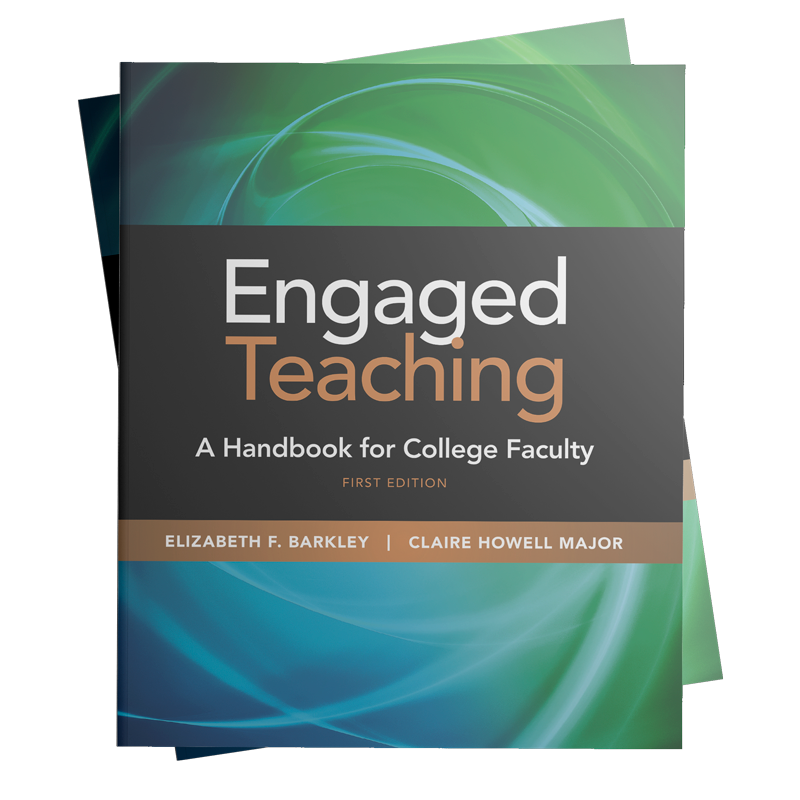
Engaged Teaching
A Handbook for College Faculty
Available now, Engaged Teaching: A Handbook for College Faculty provides college faculty with a dynamic model of what it means to be an engaged teacher and offers practical strategies and techniques for putting the model into practice.
